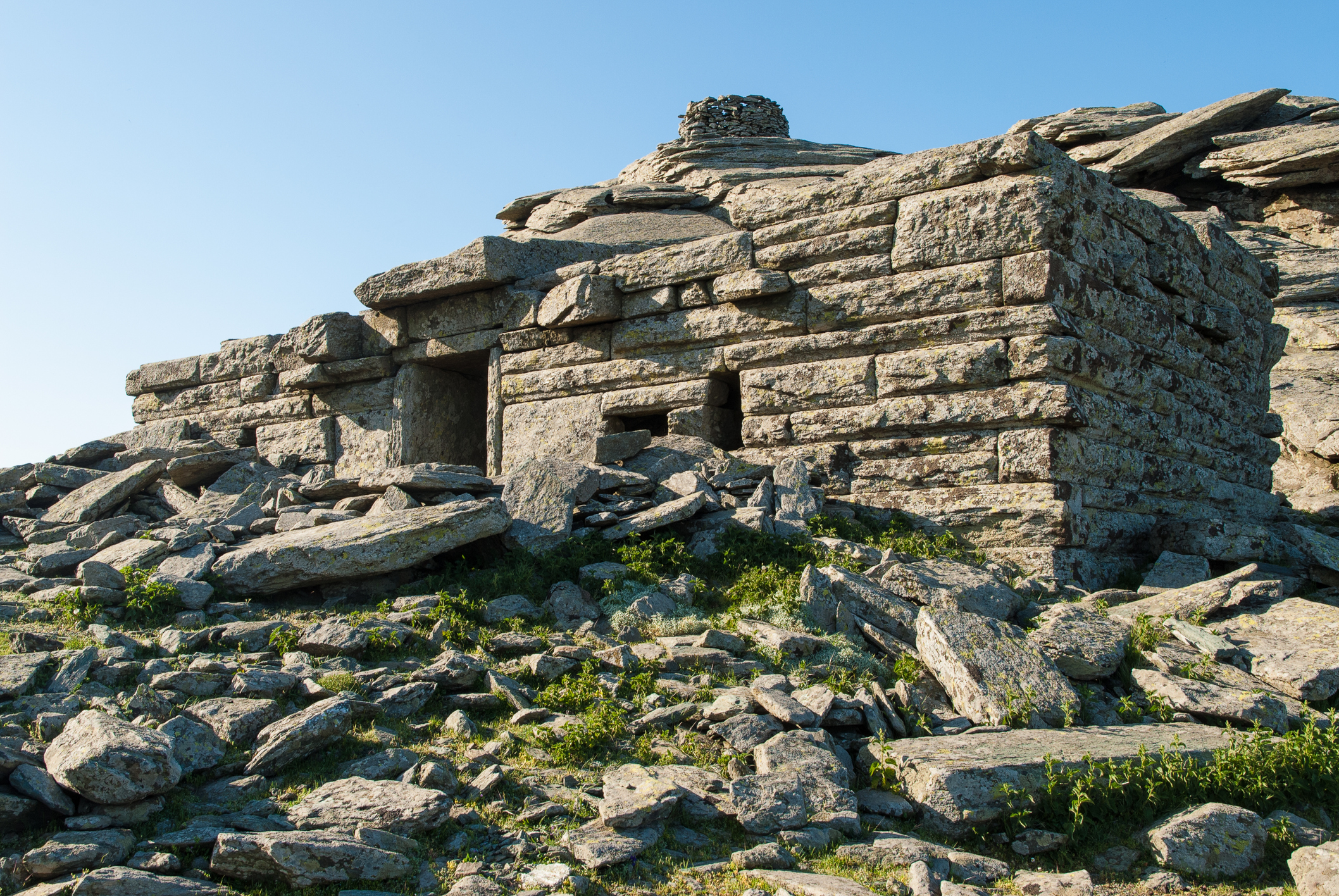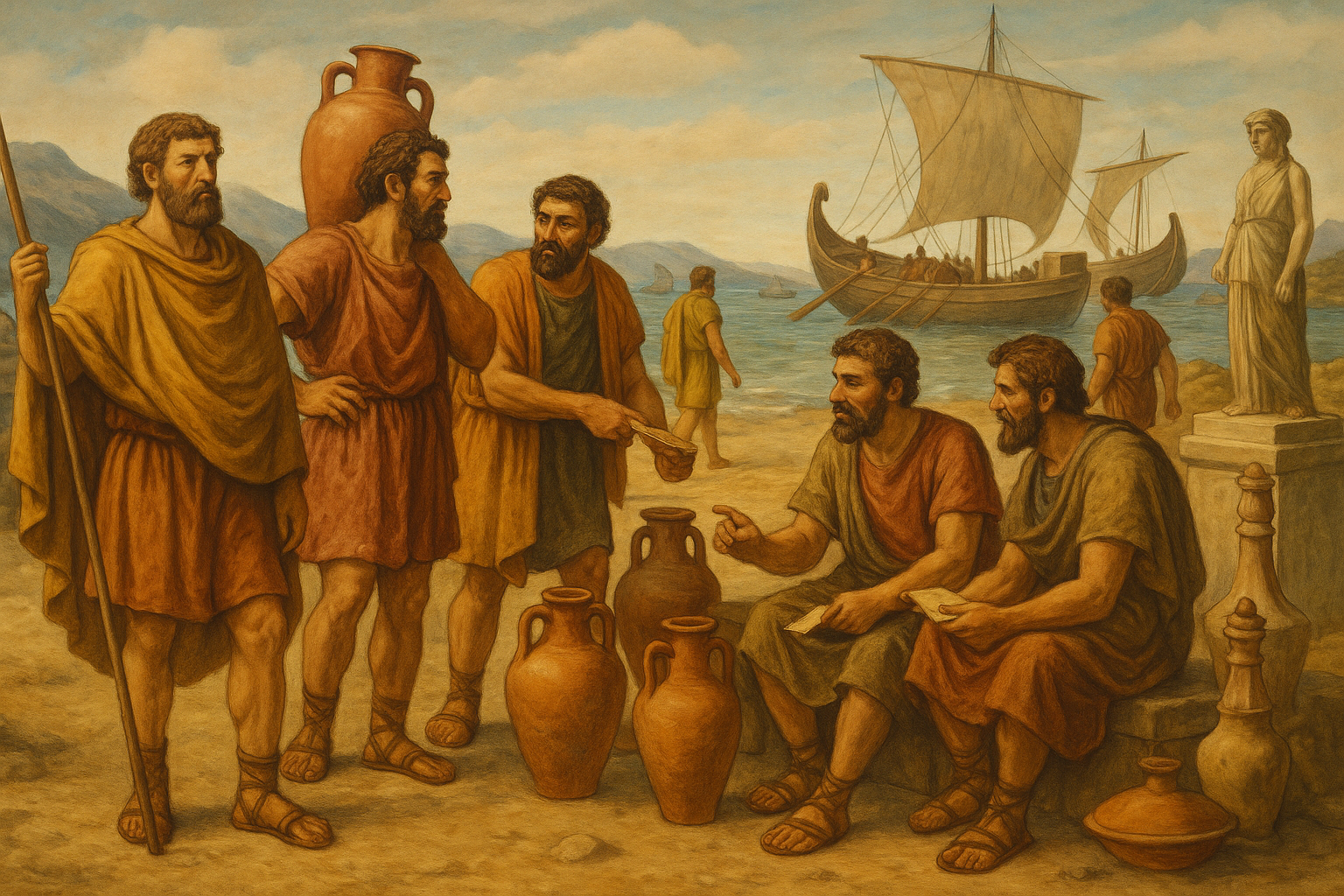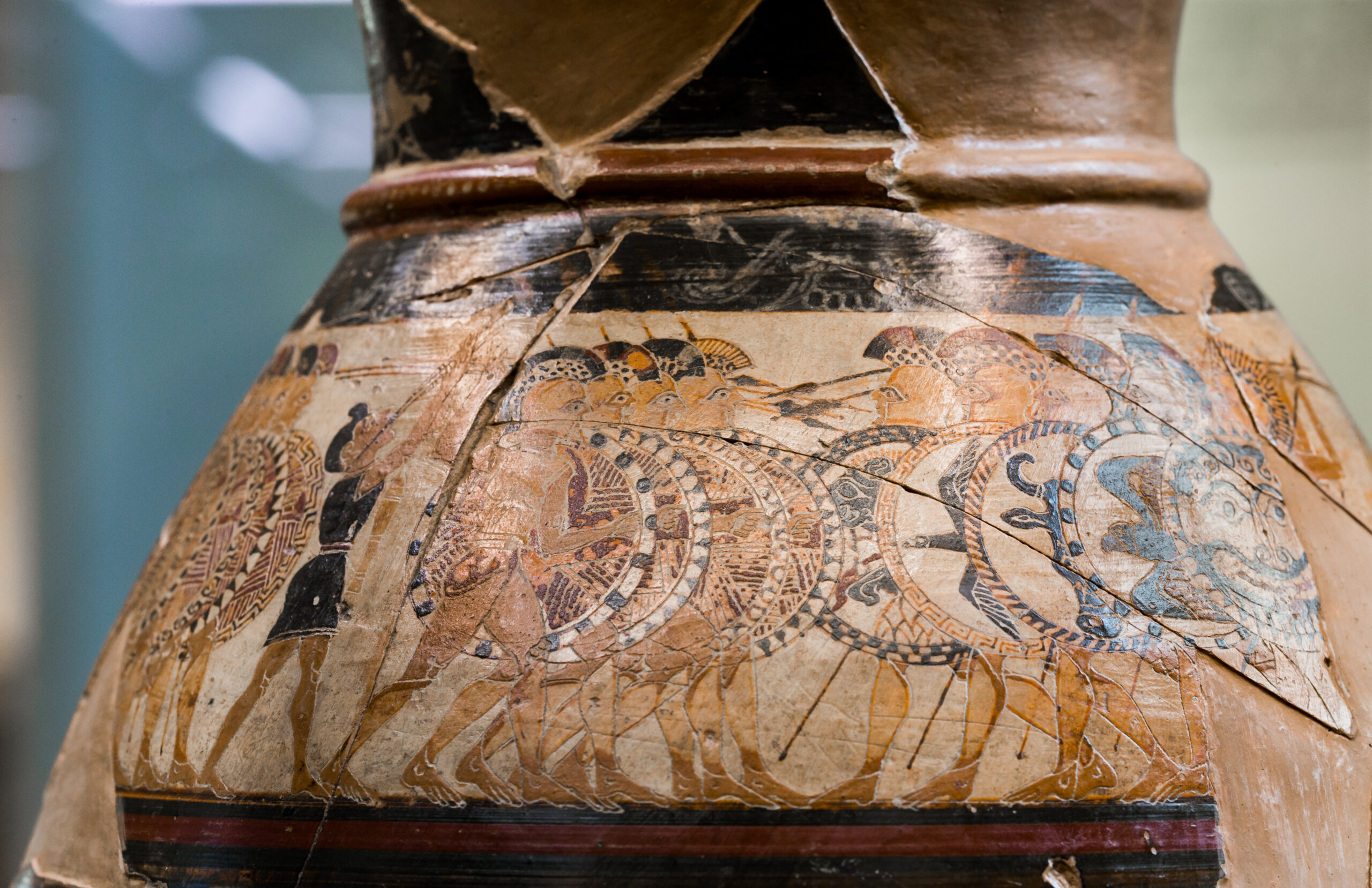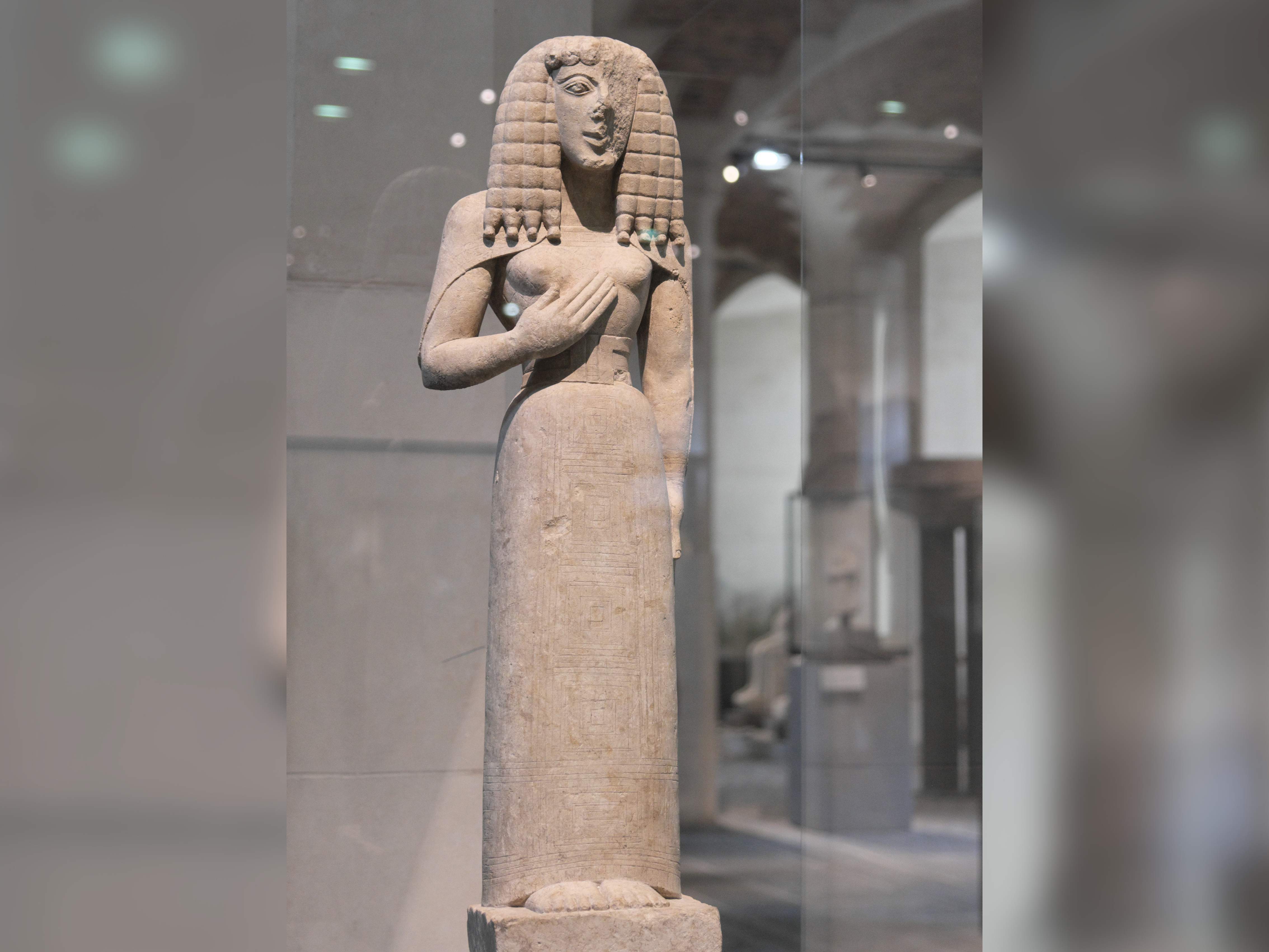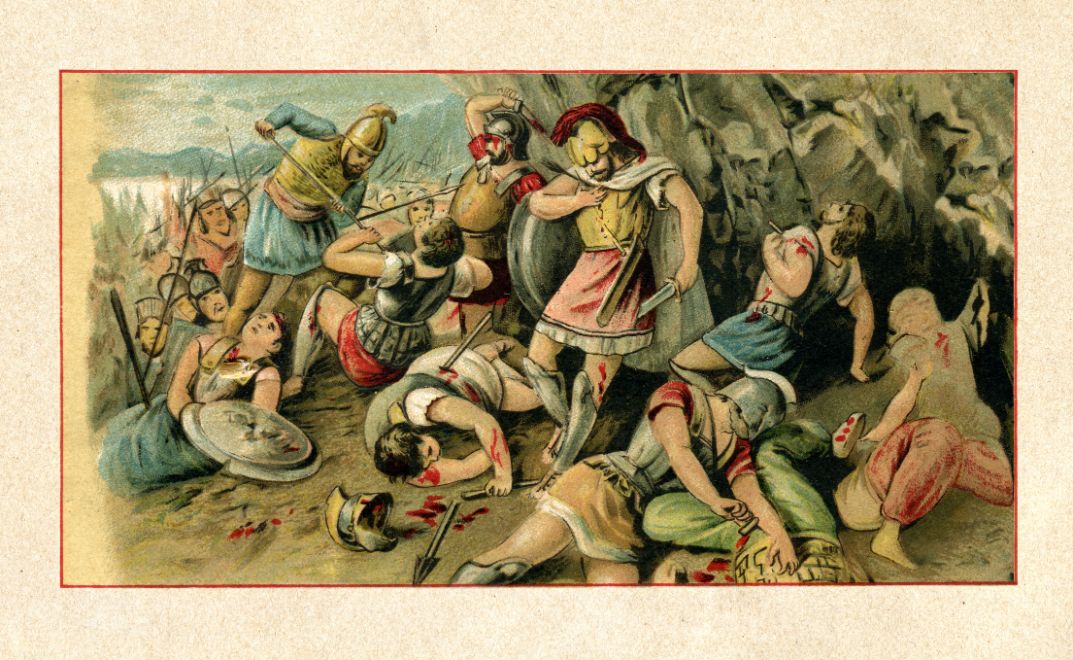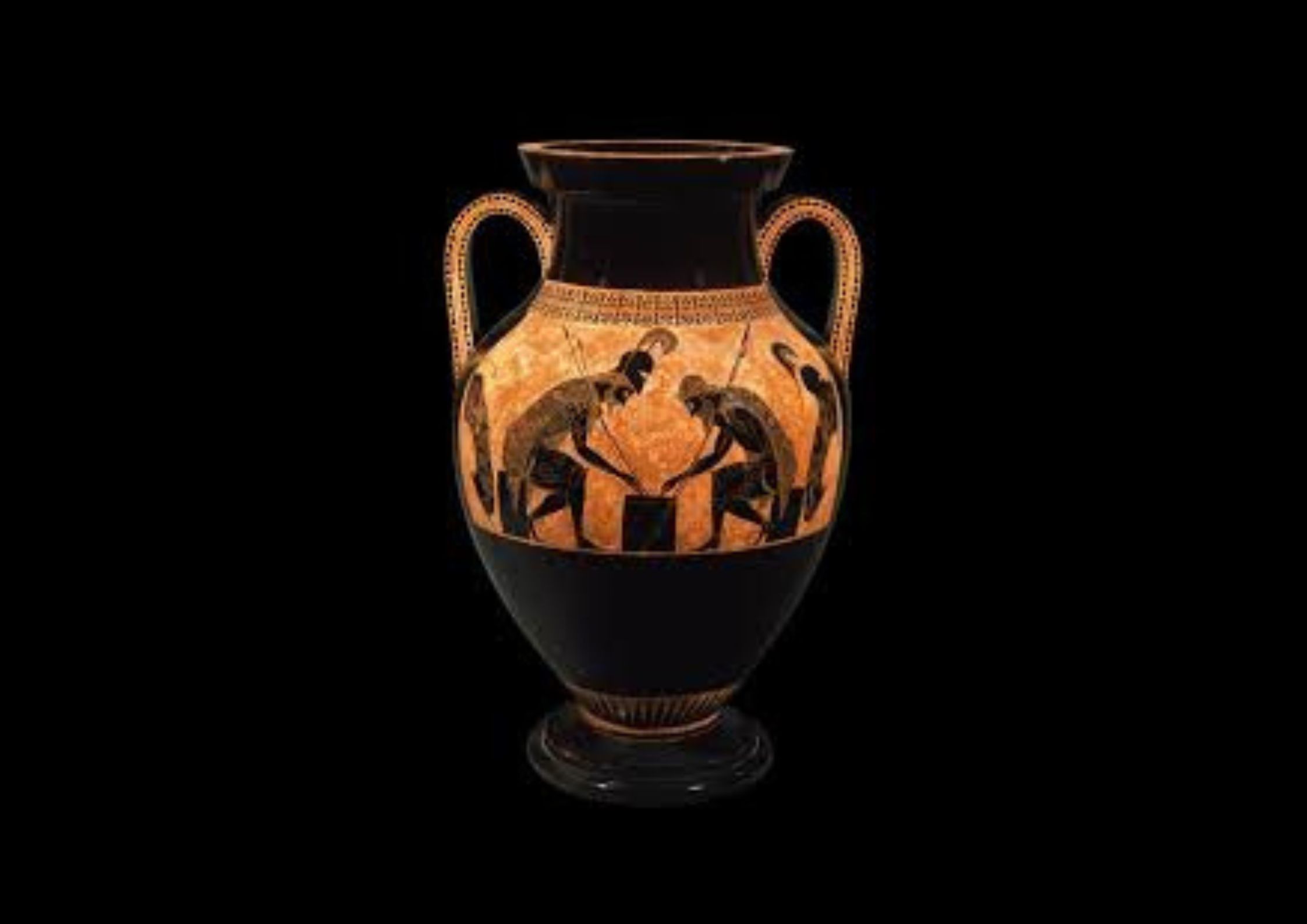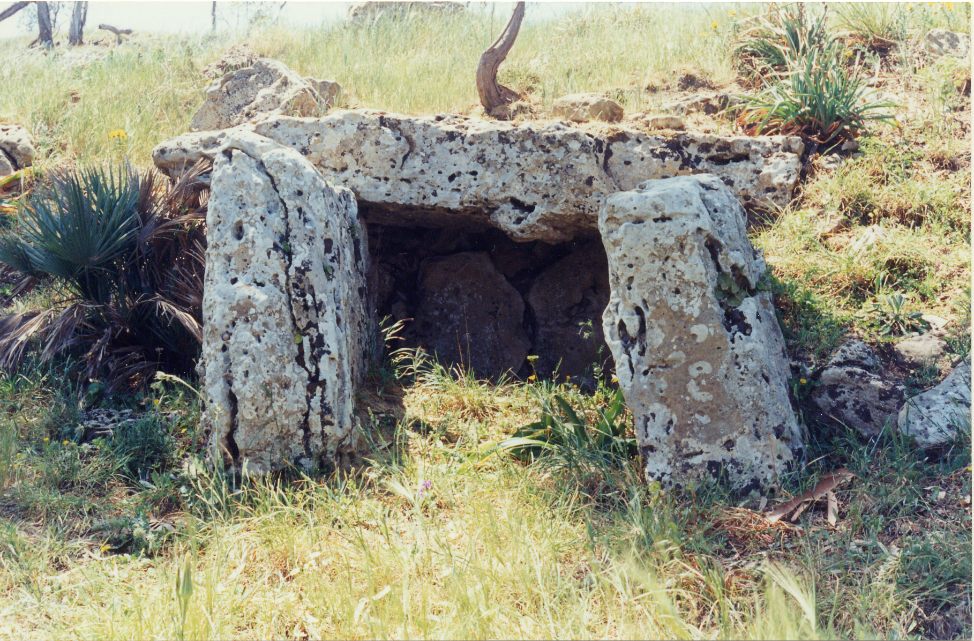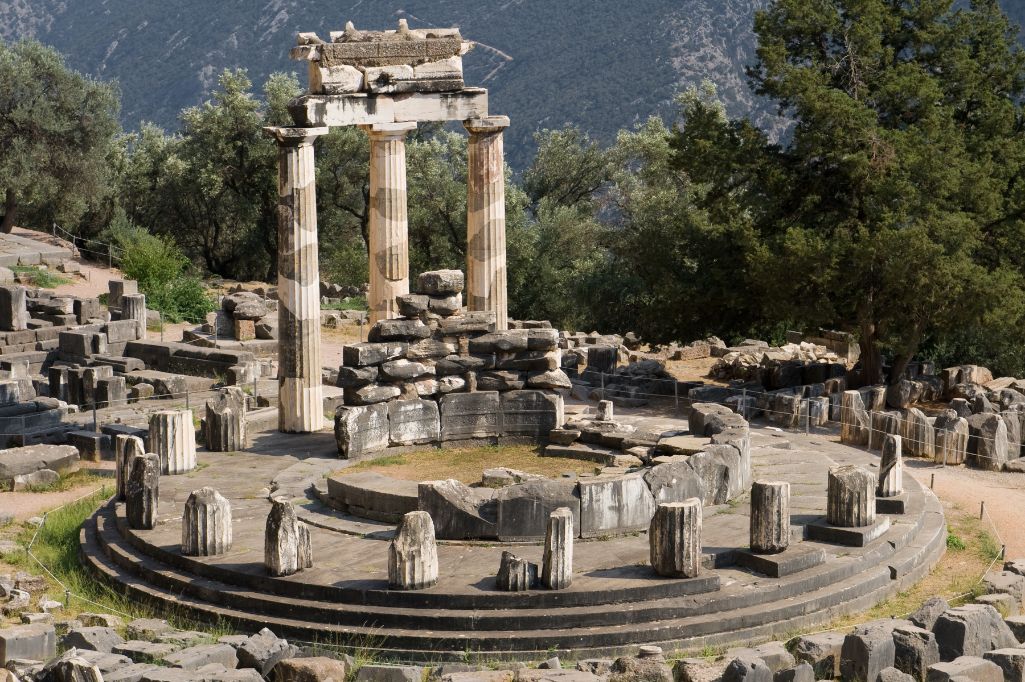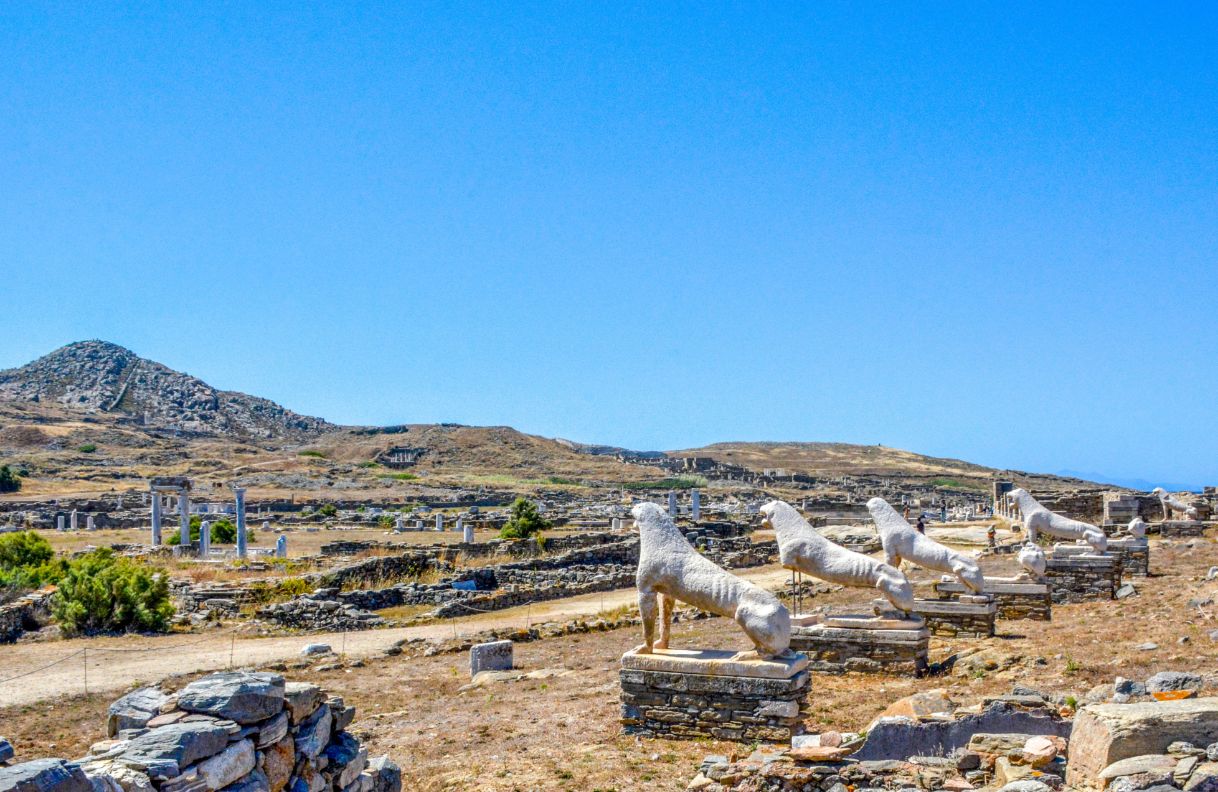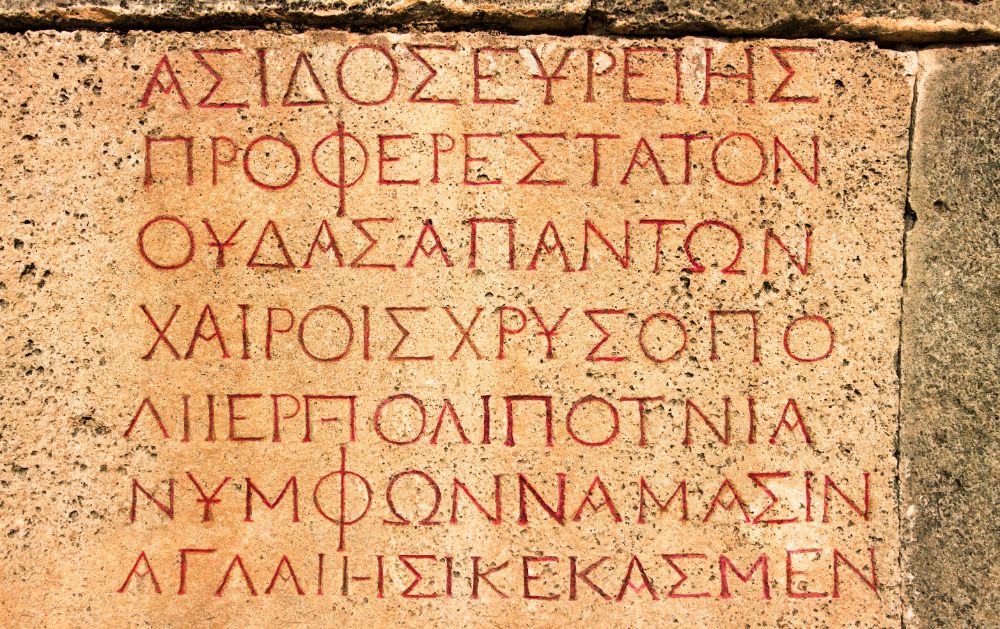Embodiments of Idealism in Preclassical Greek Art
In pre classical Greece, the terms “Kouros” and “Kore” refer to distinctive forms of sculpture that embodied the ideals of youth and beauty in ancient Greek culture. The Kouros, representing young males, depicted athleticism and idealized physical features, exemplifying strength, vigor, and the pursuit of excellence. These statues often portrayed nude figures, showcasing a celebration of the male form, which was highly valued in a society that placed significant importance on physical prowess and heroism.
In contrast, the Kore represented young females, typically clothed in elaborate drapery that highlighted both modesty and femininity. These statues served as offerings to the gods or markers of burial sites, embodying the virtues of beauty, grace, and harmony. The intricate details of their clothing and hairstyles reflected the cultural emphasis on aesthetics and craftsmanship.
While these statues retain the essence of pharaonic sculpture, they are distinguished by a counter-movement in their stance. One side of each statue’s face and body diverges from the other. This pronounced difference over time inspired the models for the earliest classical statues.
Both forms served not merely as artistic expressions but also as cultural symbols that communicated societal values and ideals. The Kouros sculptures symbolized the vigor of youth and the norm of male excellence, while the Kore emphasized the grace and virtue associated with women. These representations offered insights into the gender dynamics of ancient Greece, where male athleticism was celebrated, and female beauty was idealized.
The evolution of Kouros and Kore statues significantly influenced later artistic movements, laying foundational principles for classical Greek art. Through their enduring legacy, these representations illustrate the cultural priorities of preclassical Greece, emphasizing beauty, strength, and the significance of youth in shaping identity and societal values.


